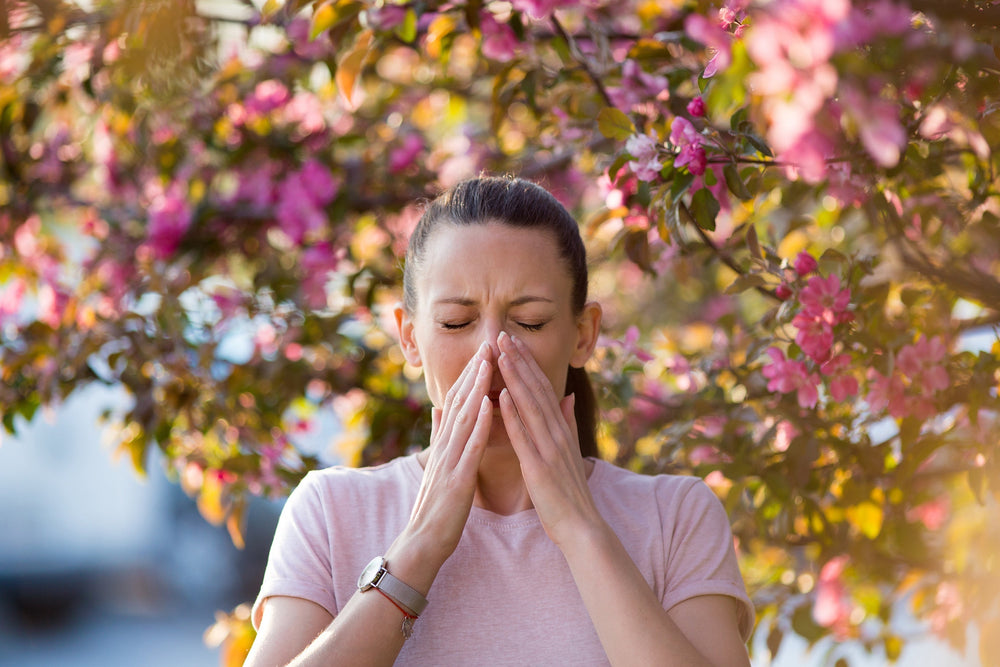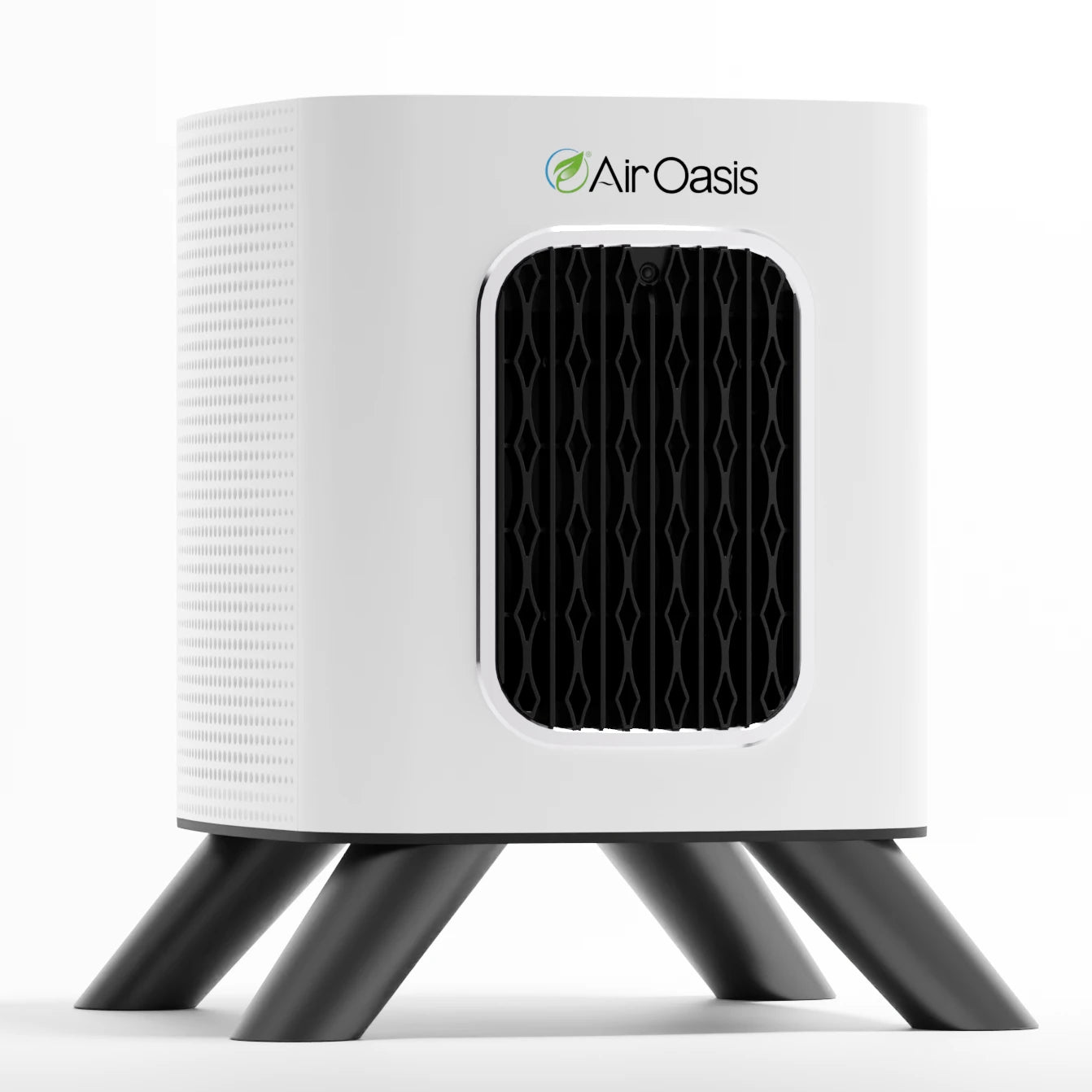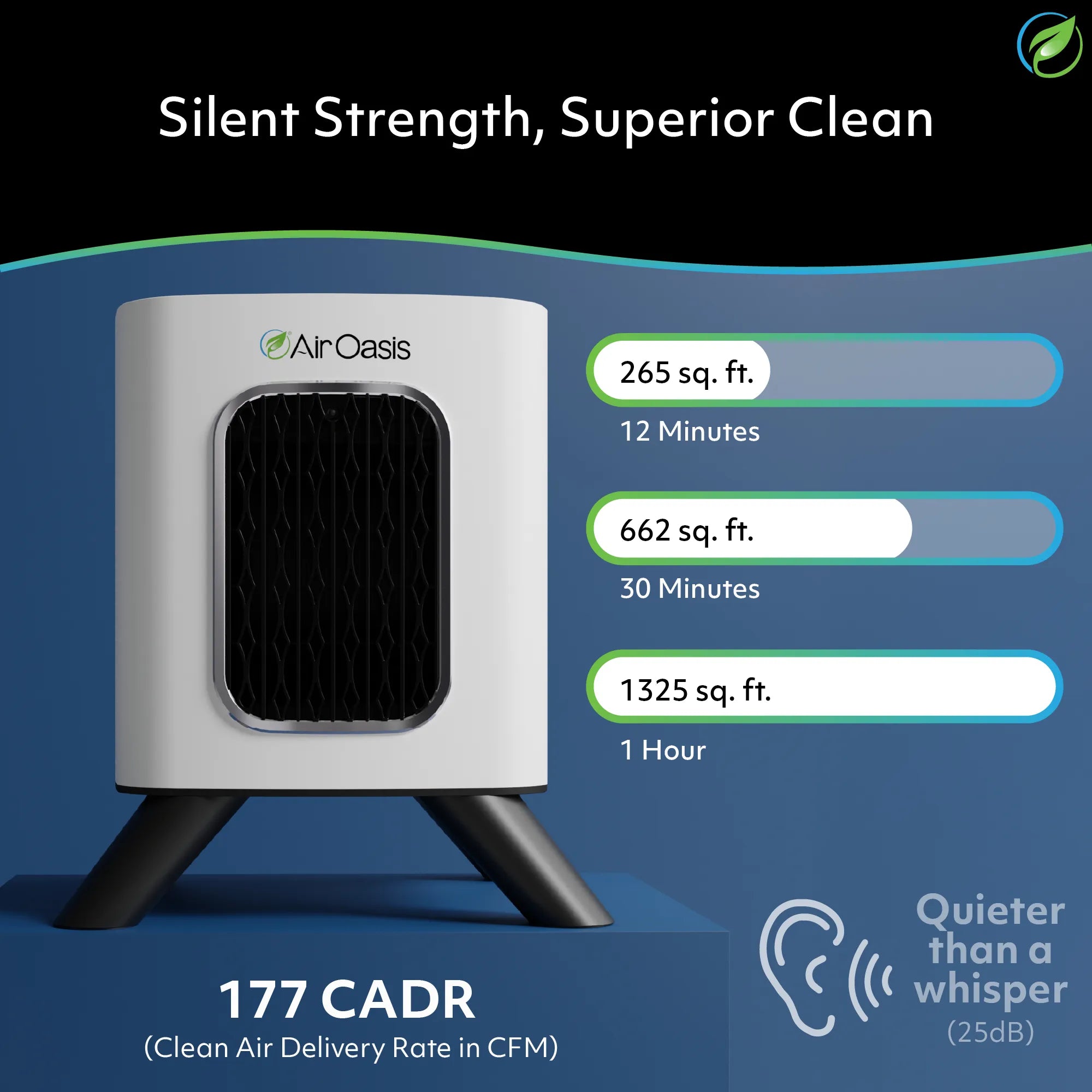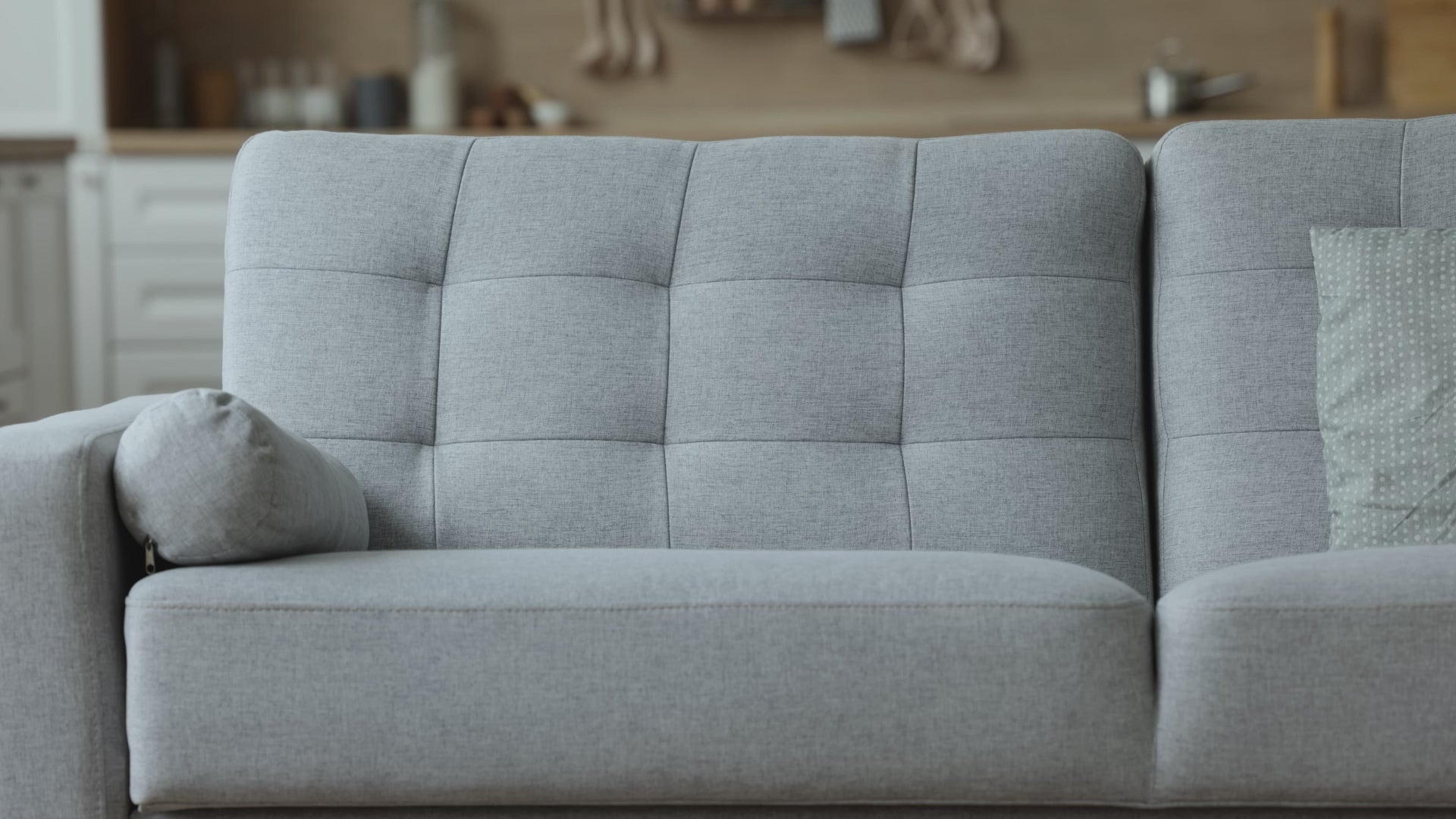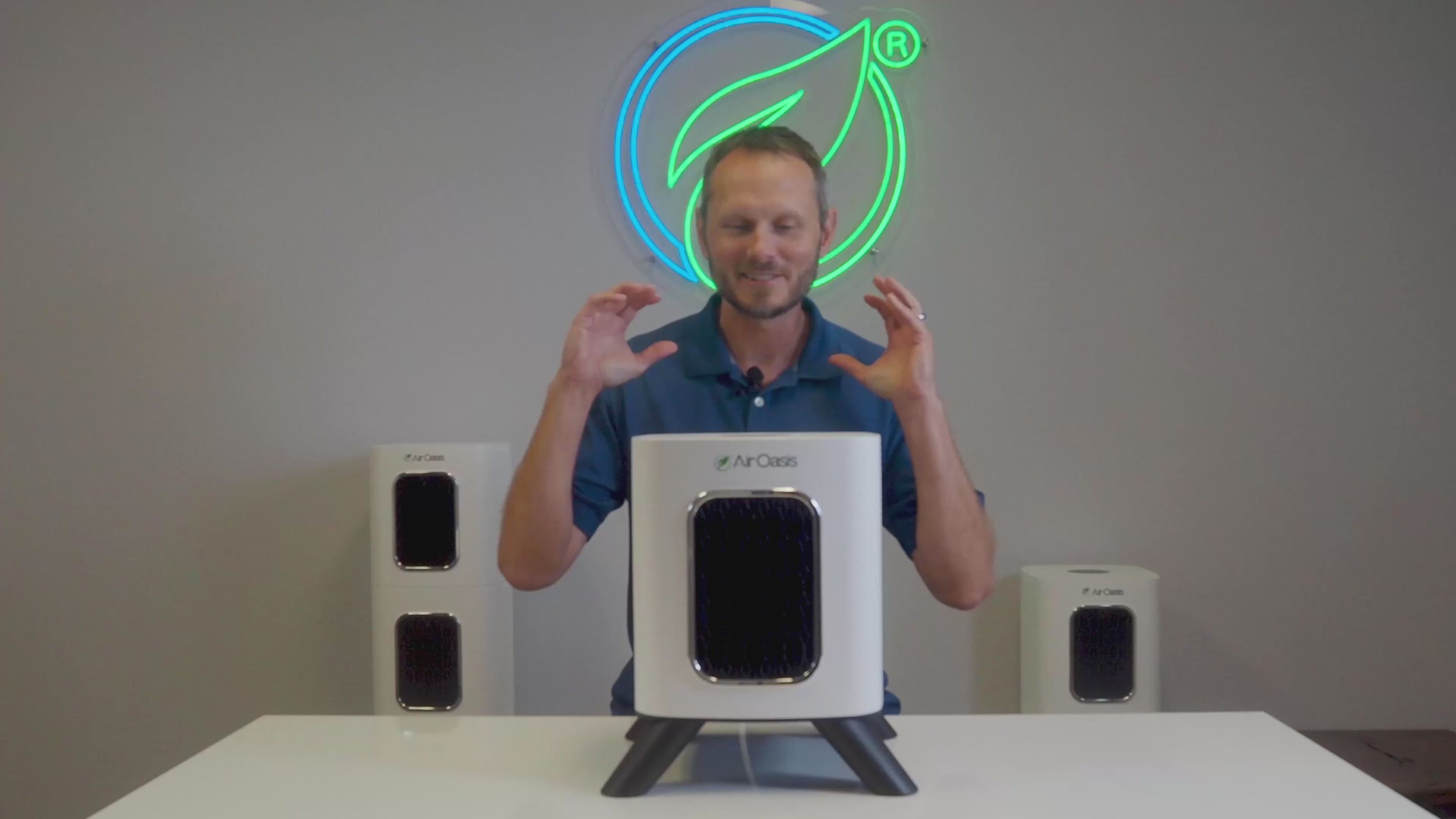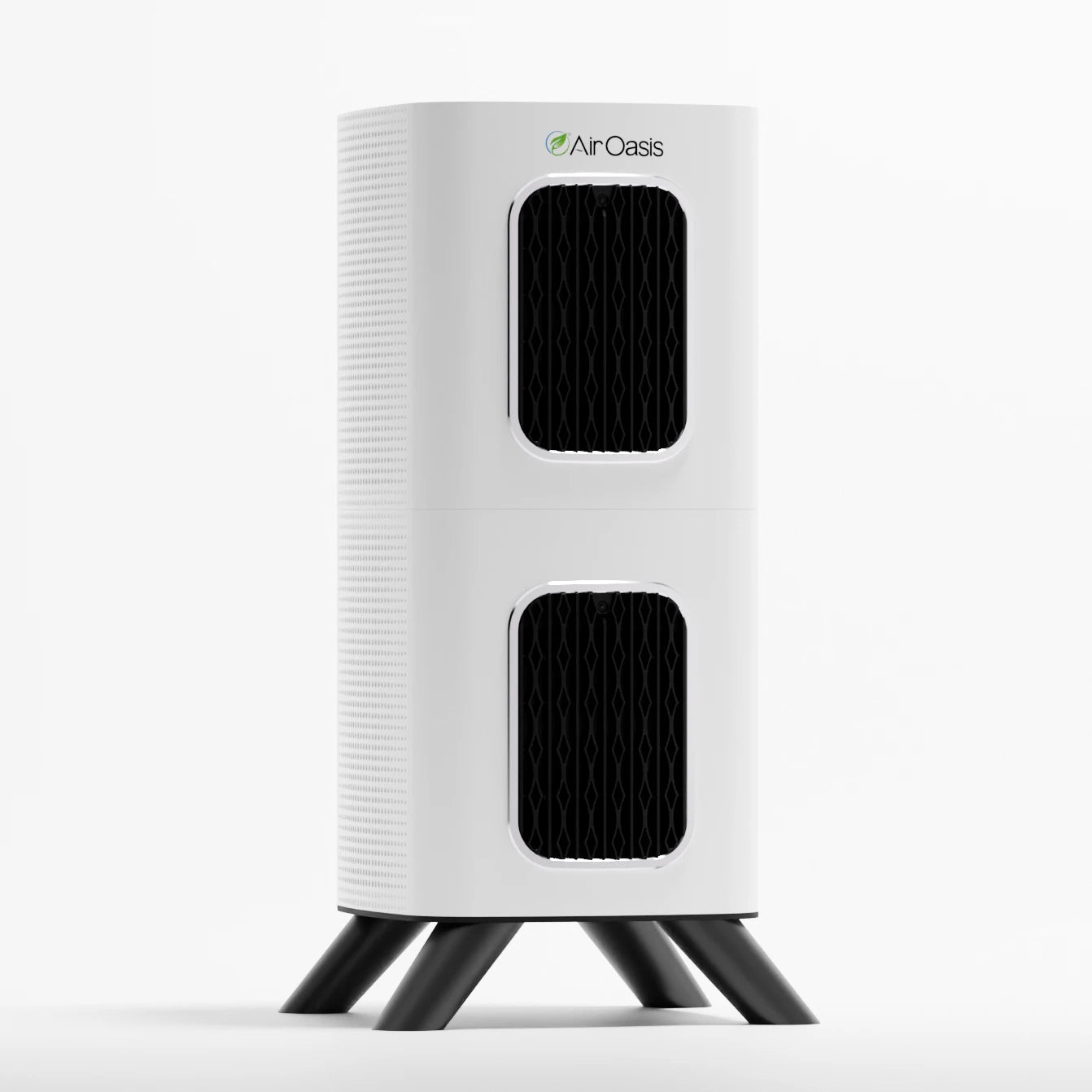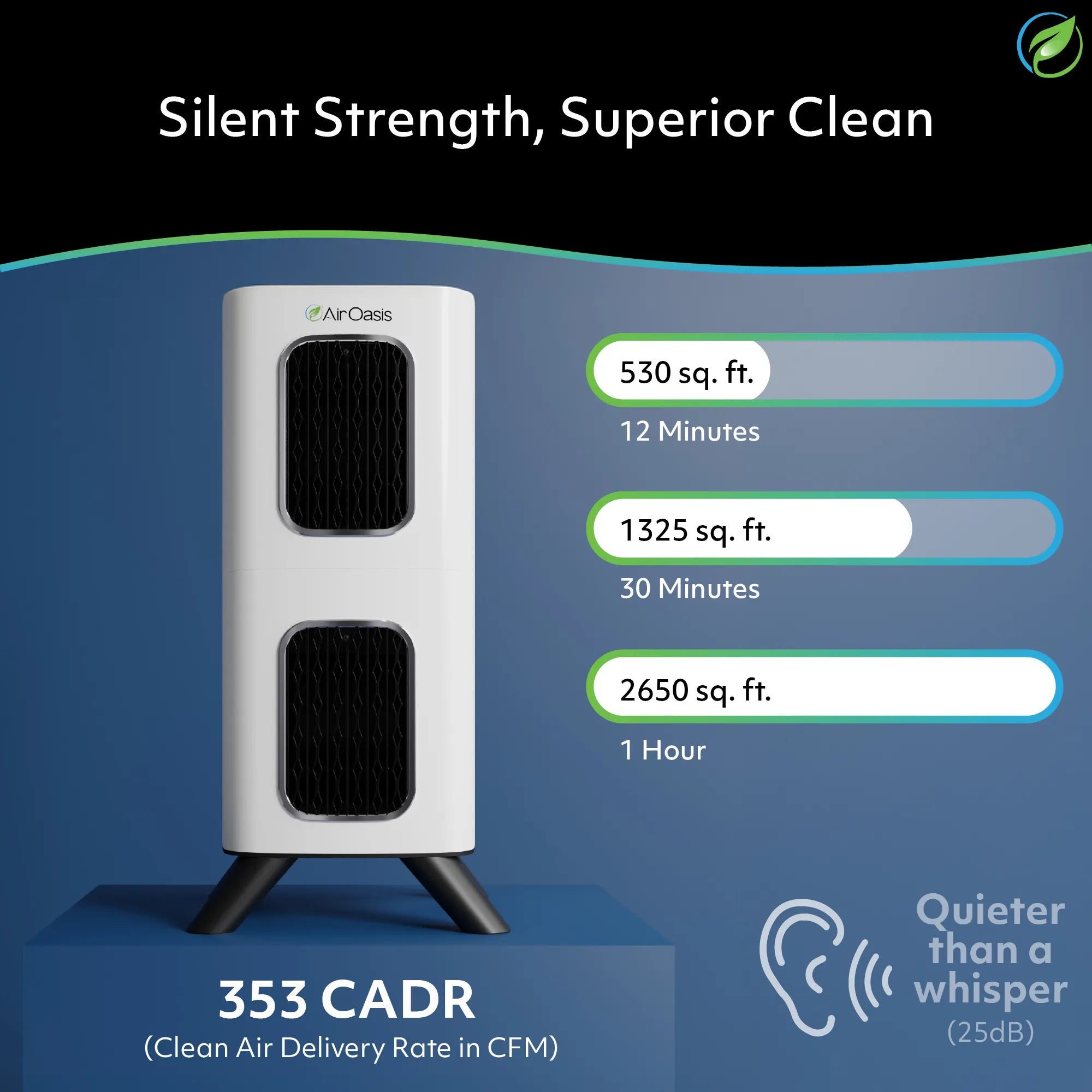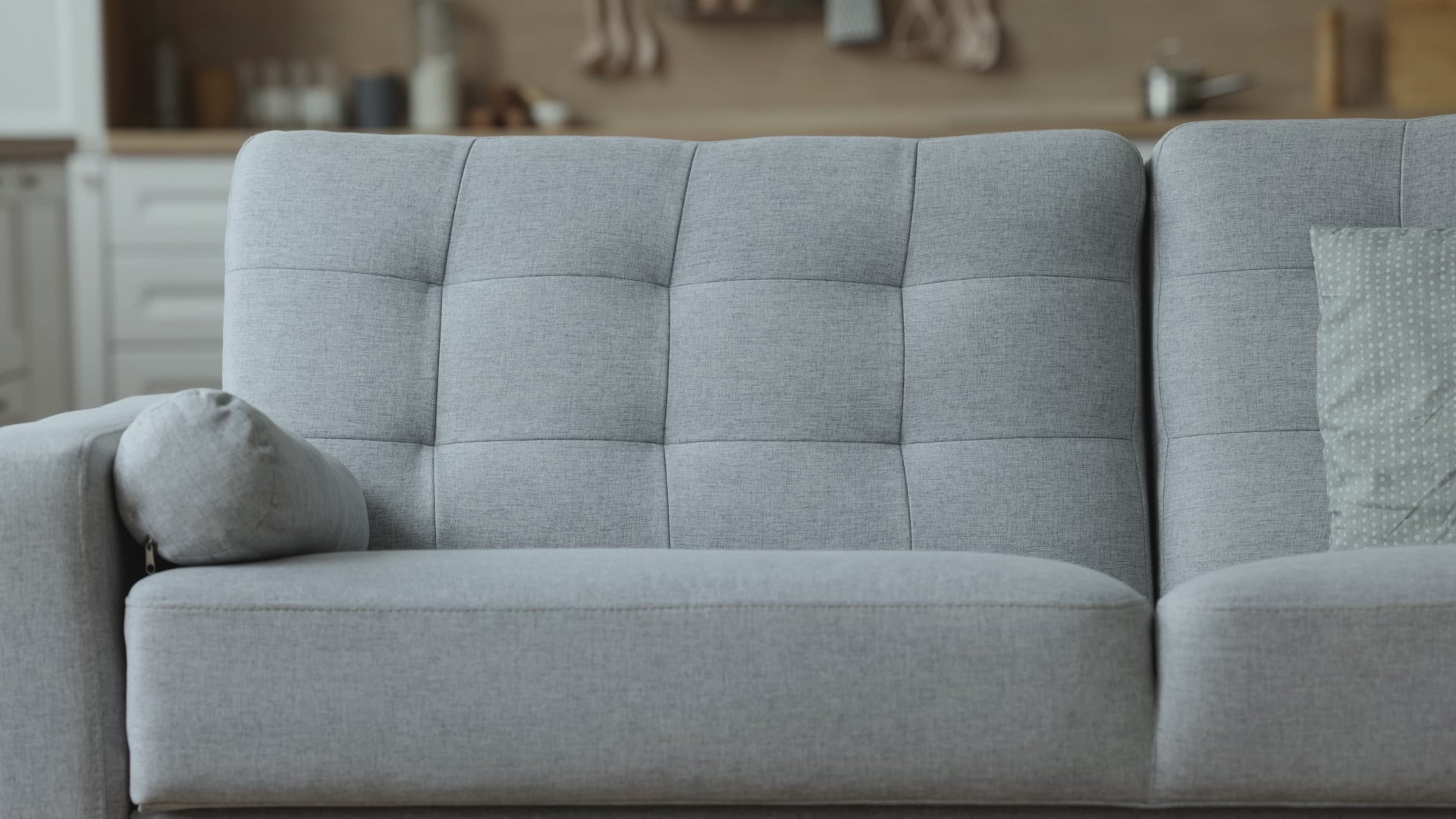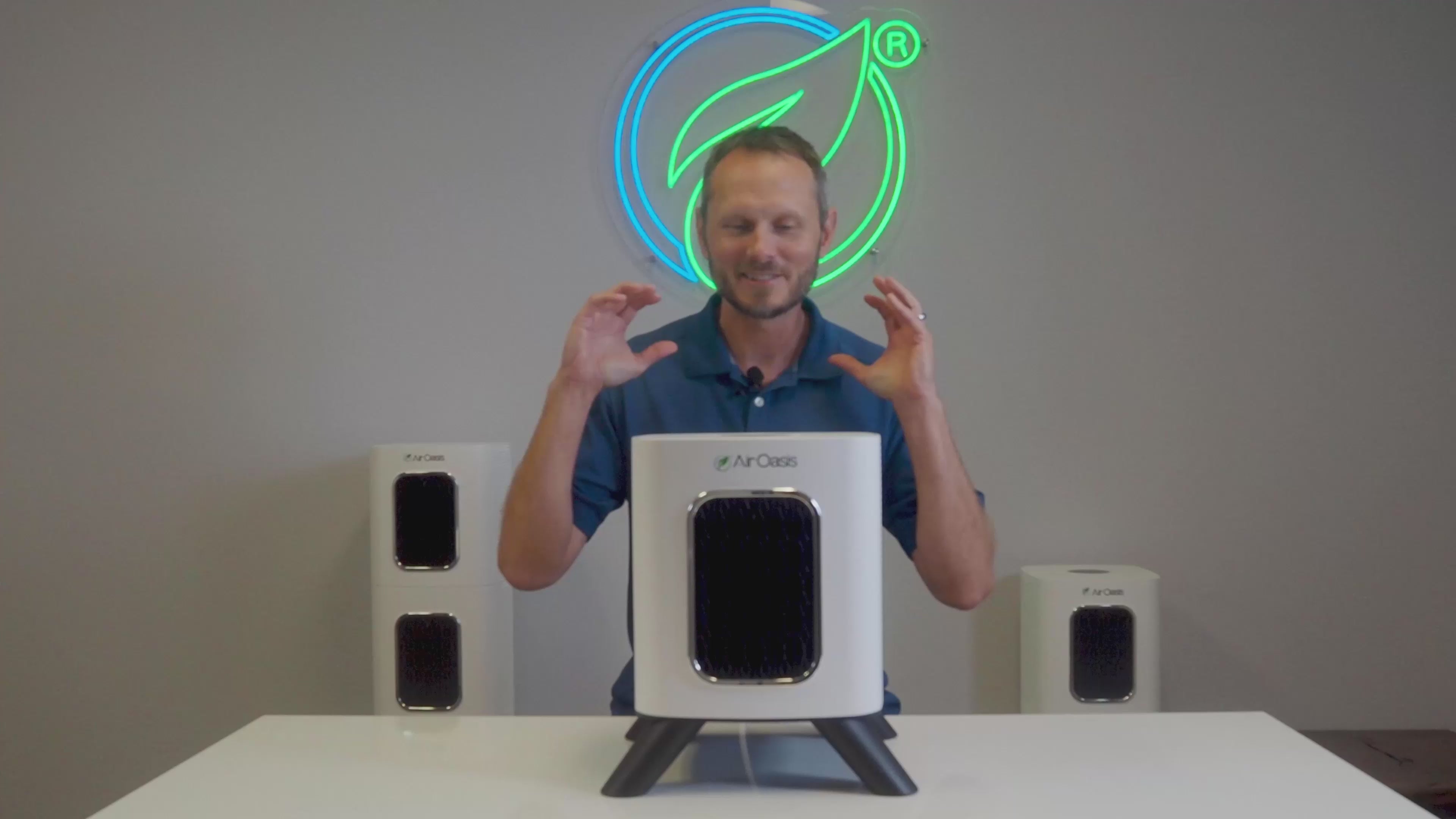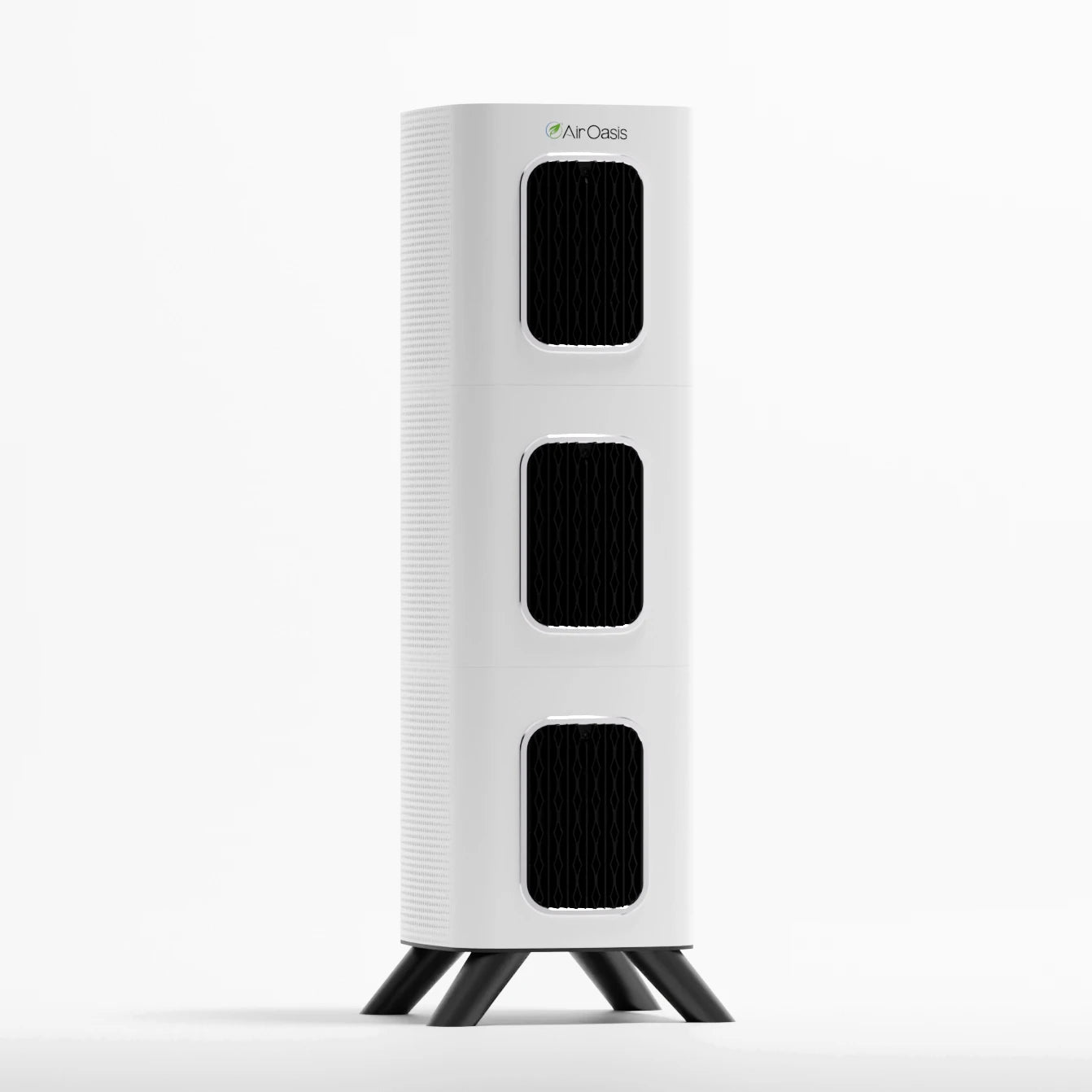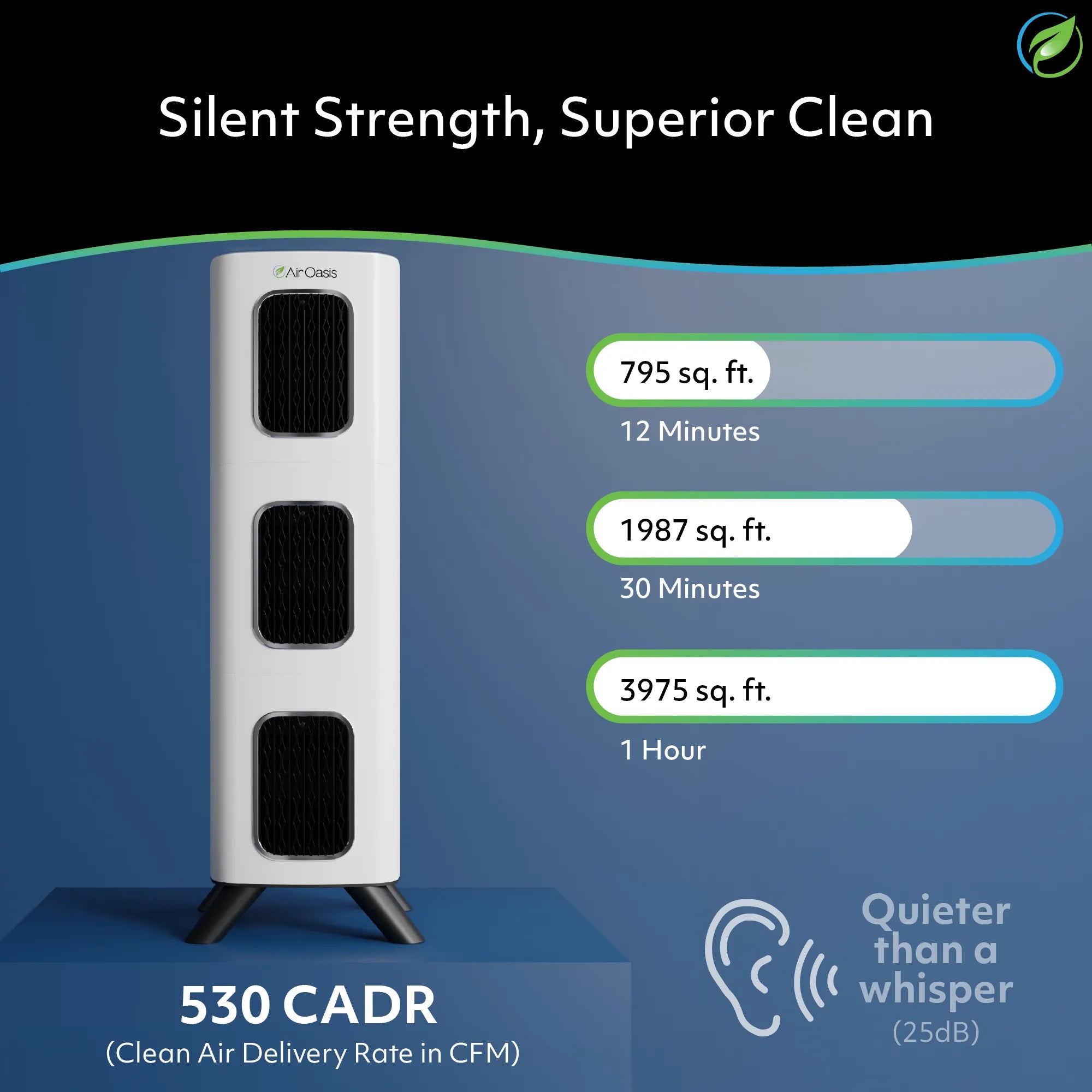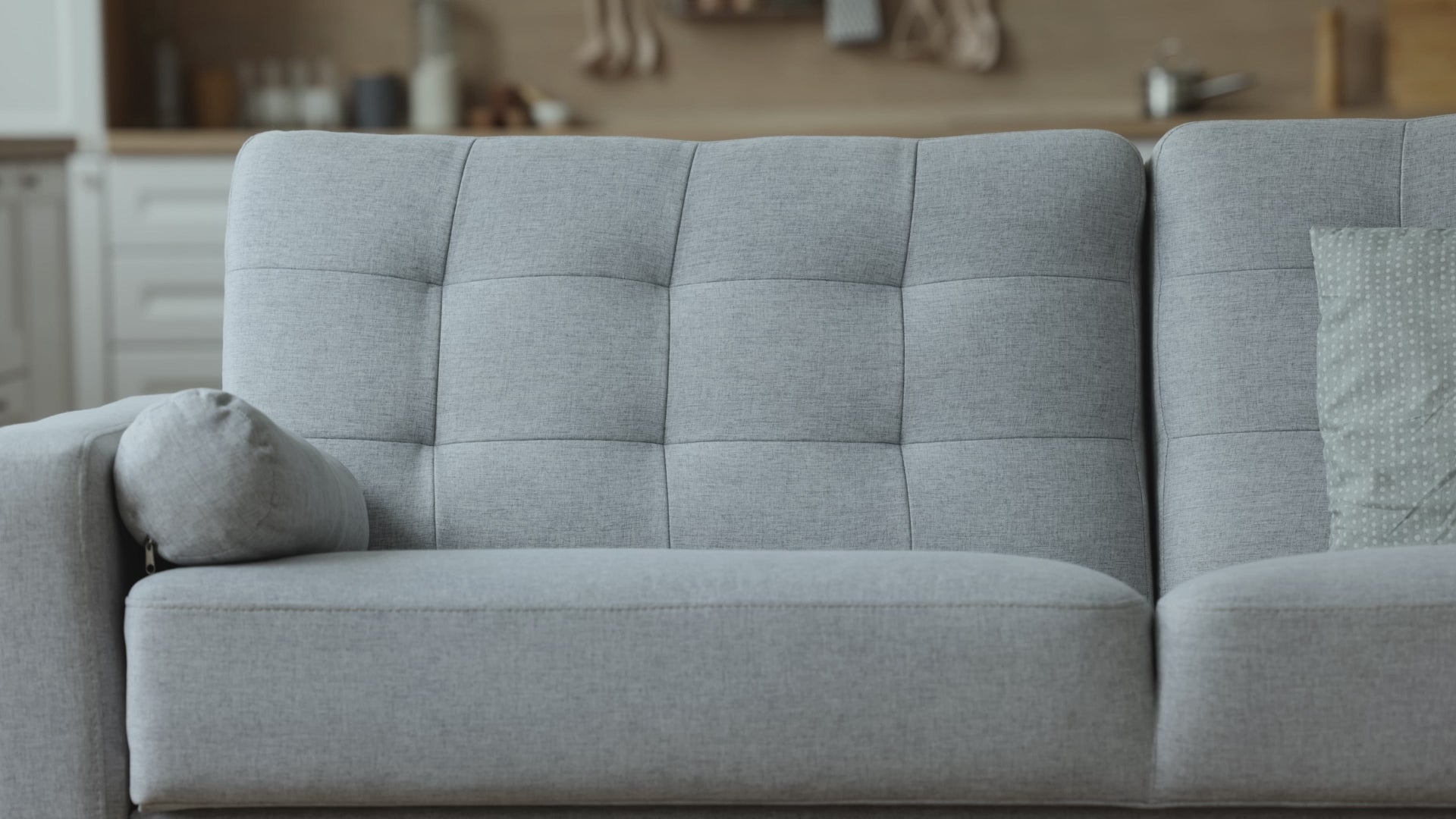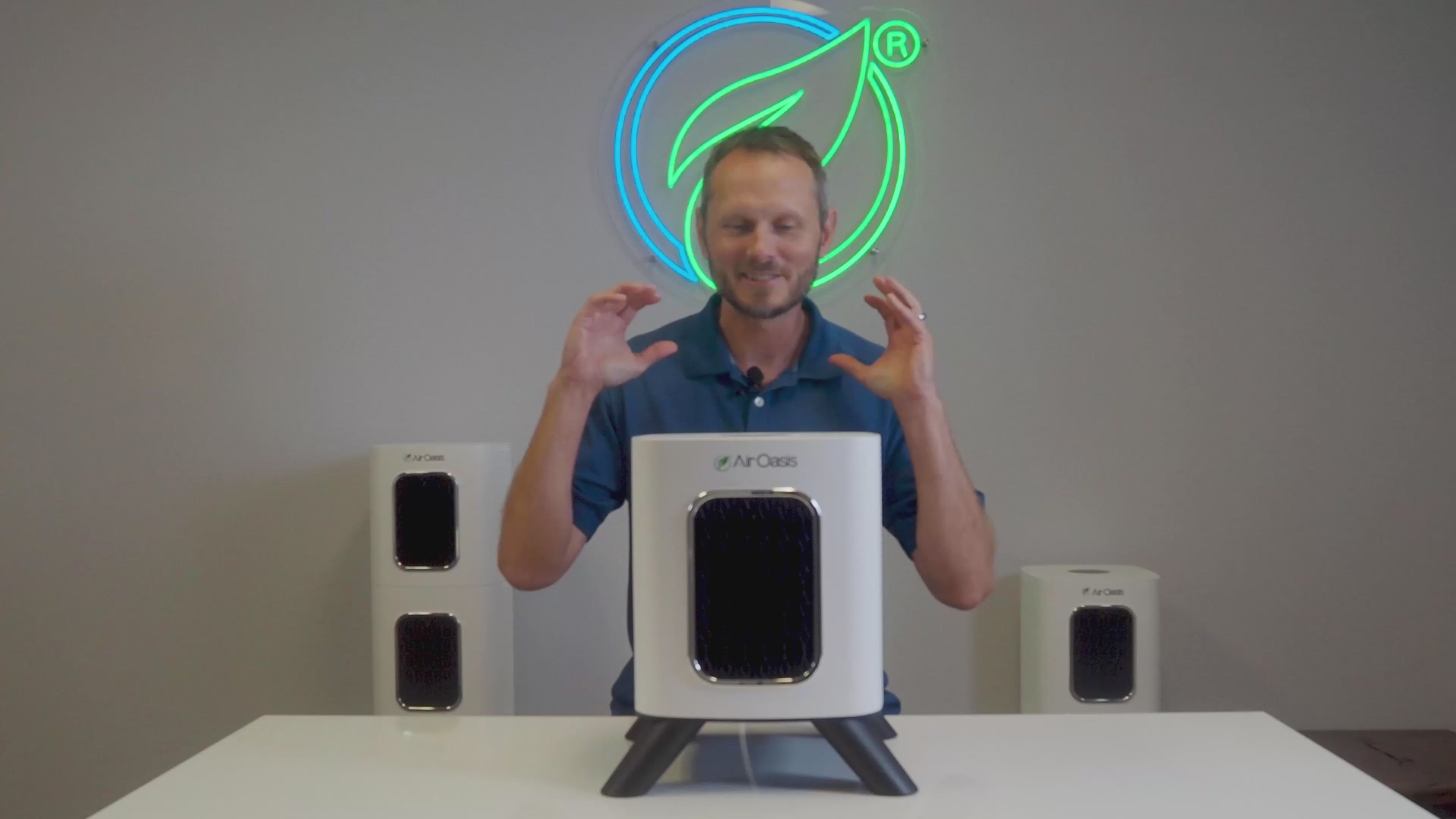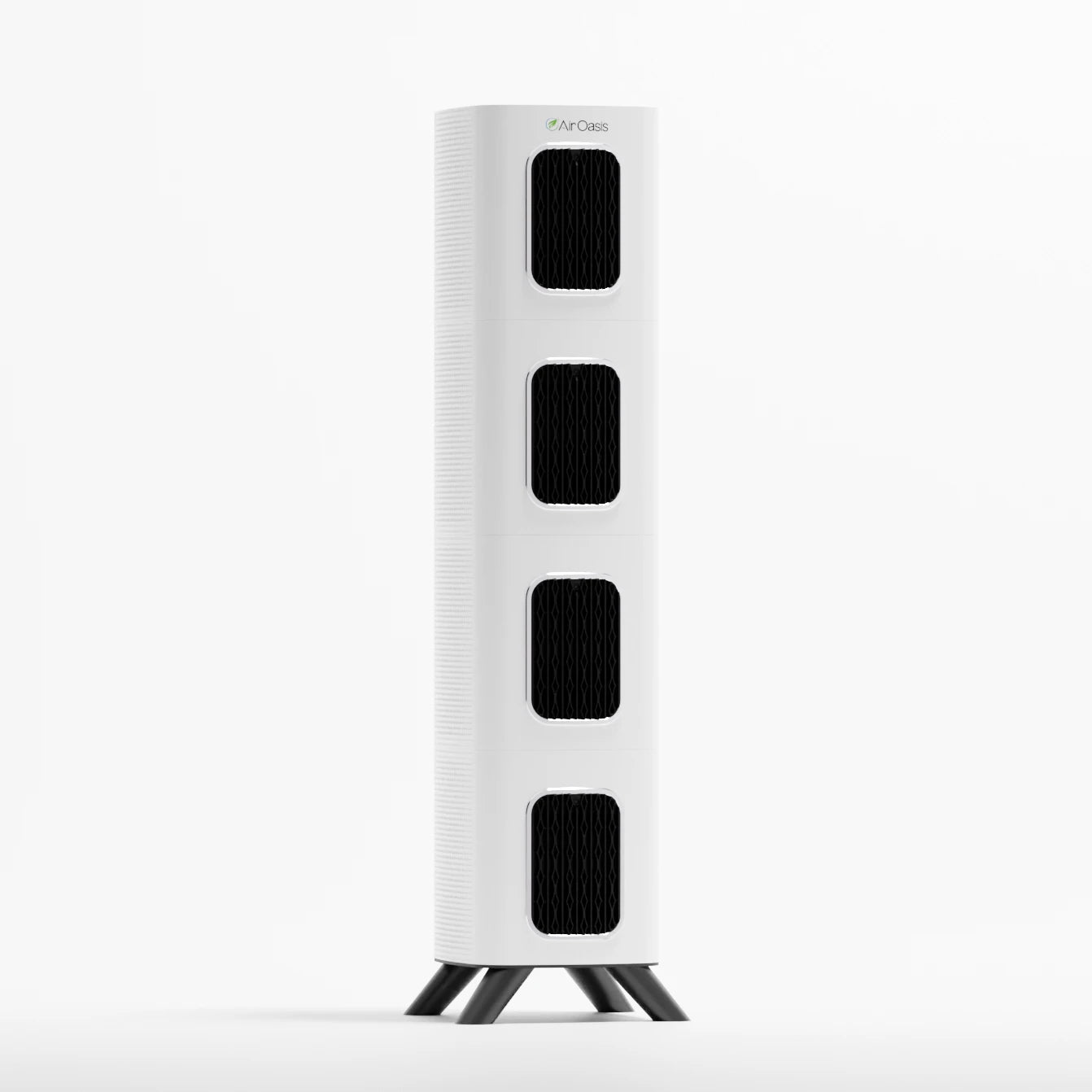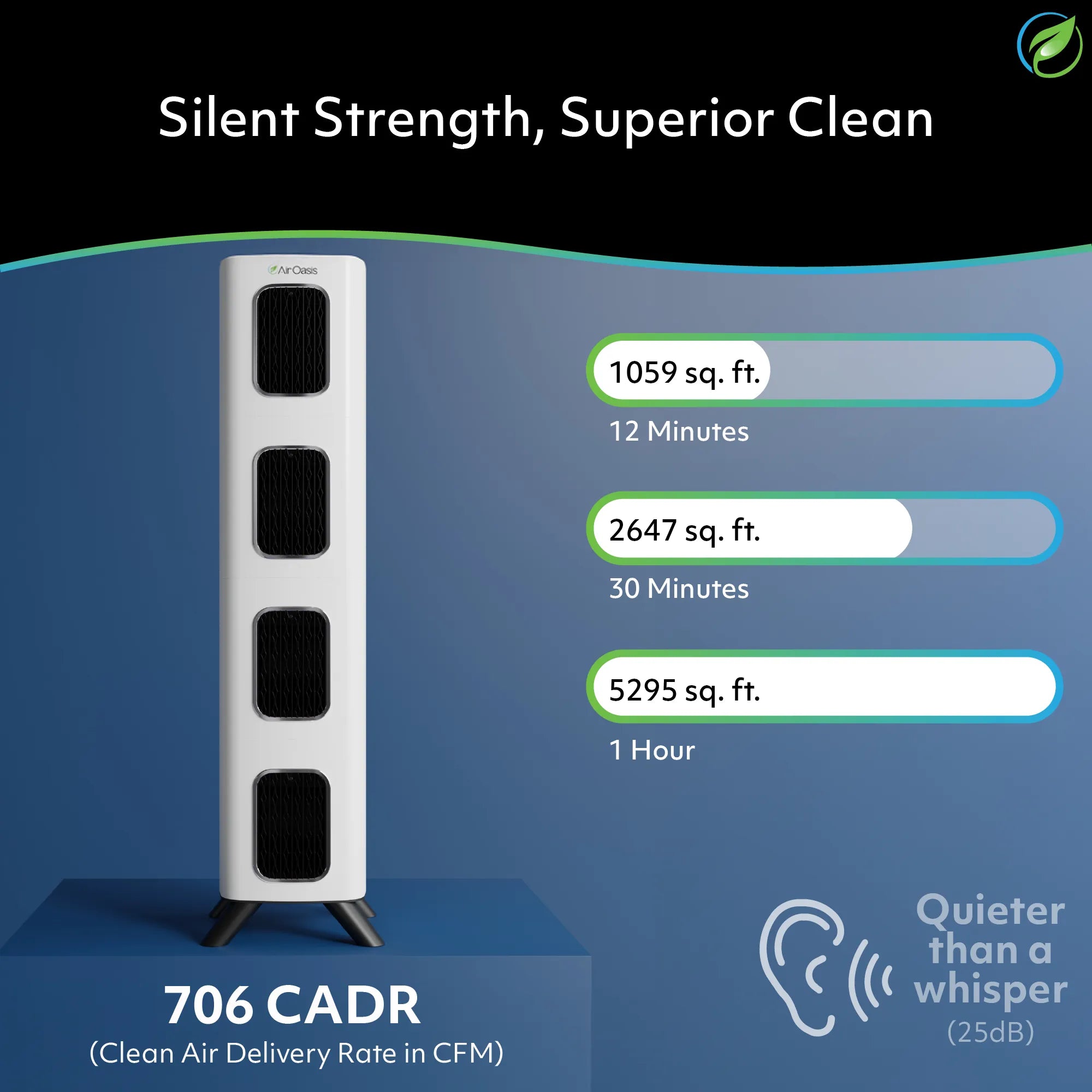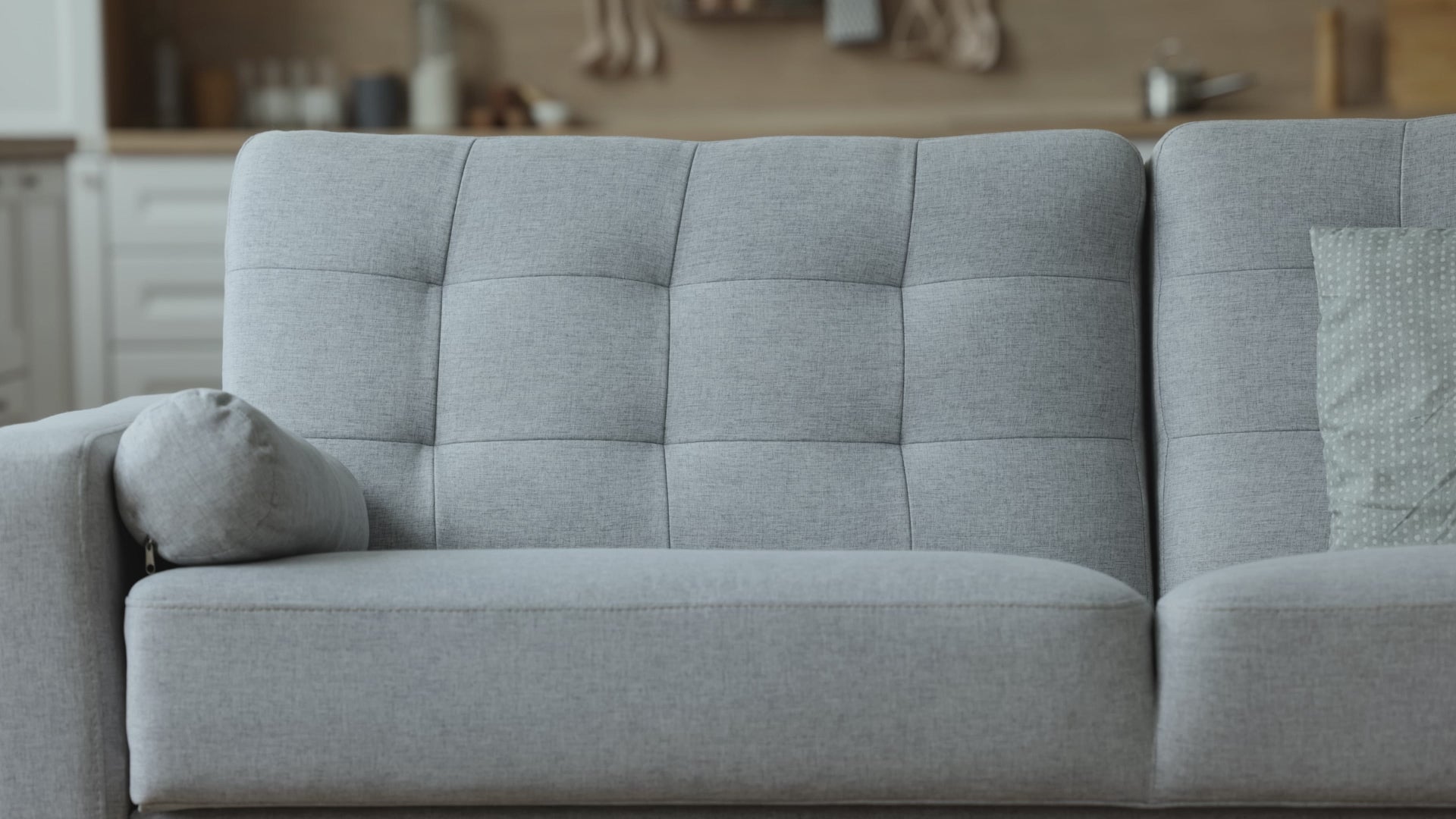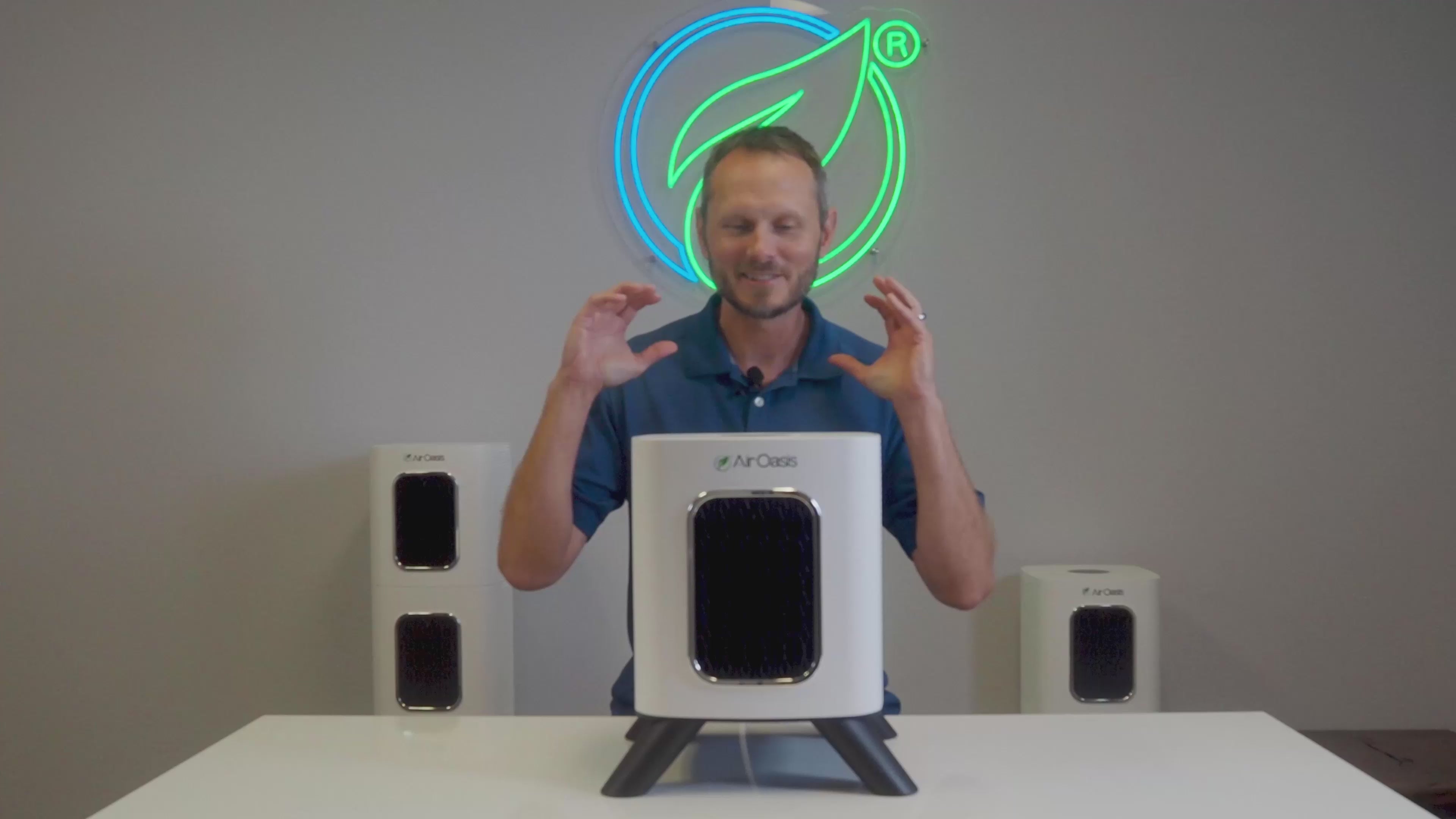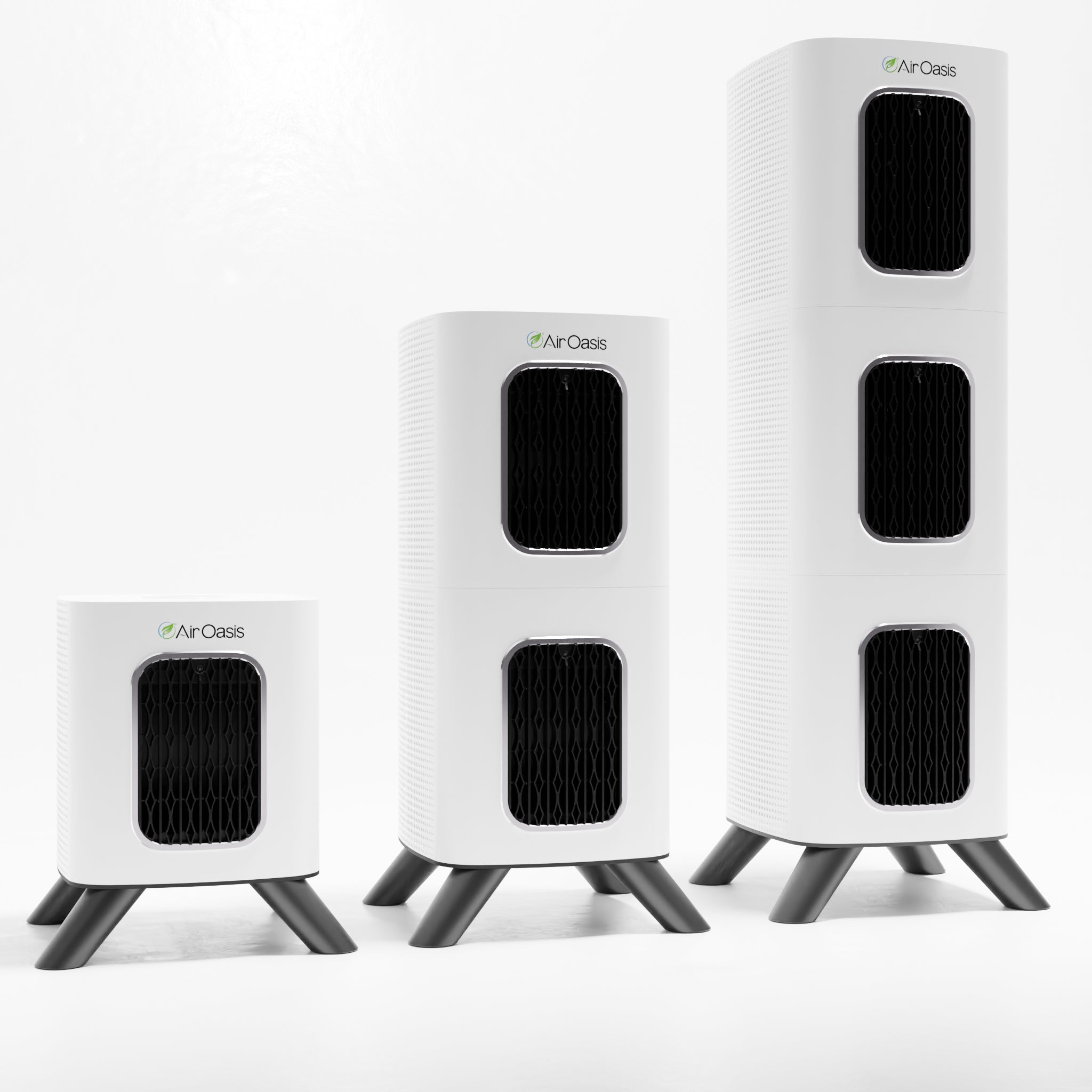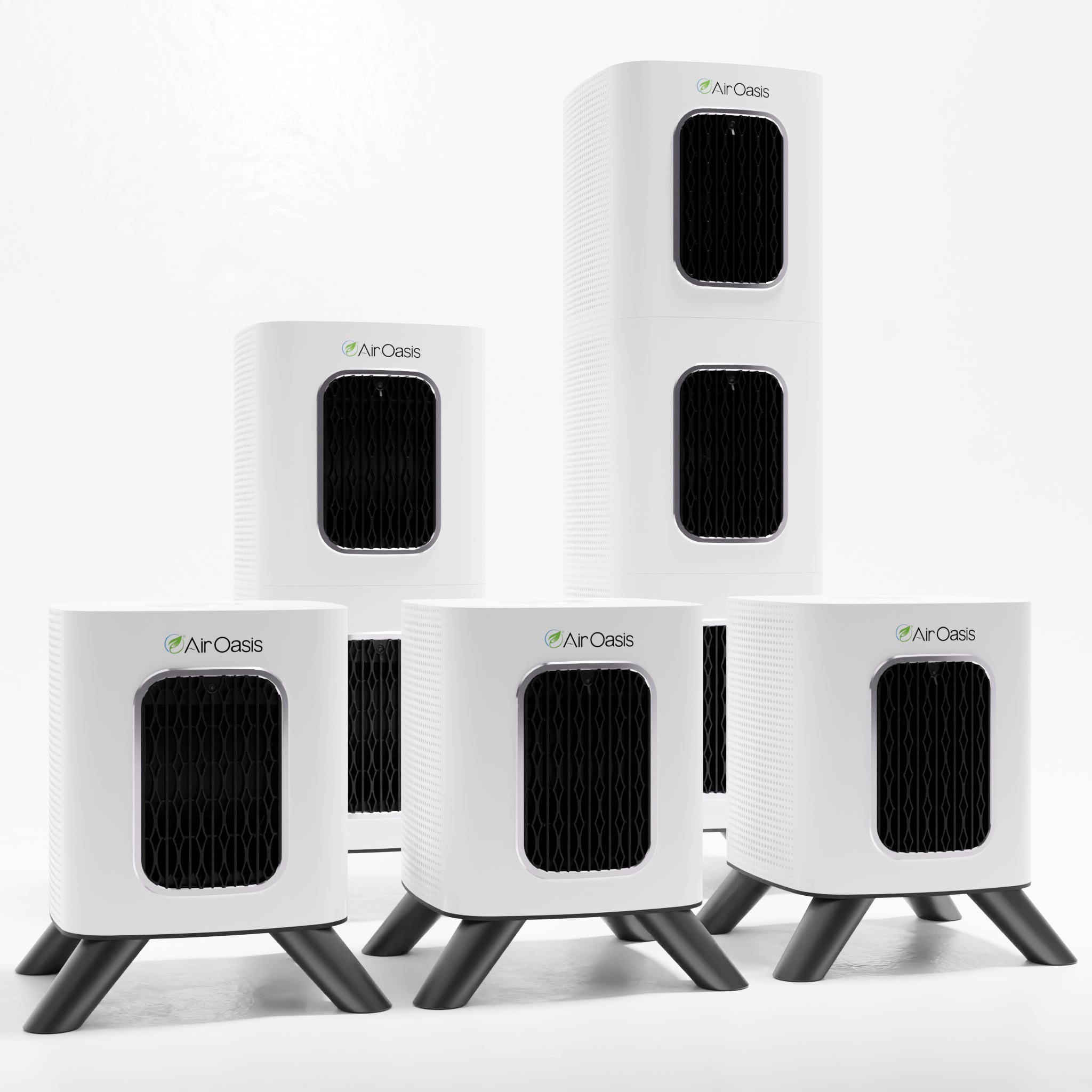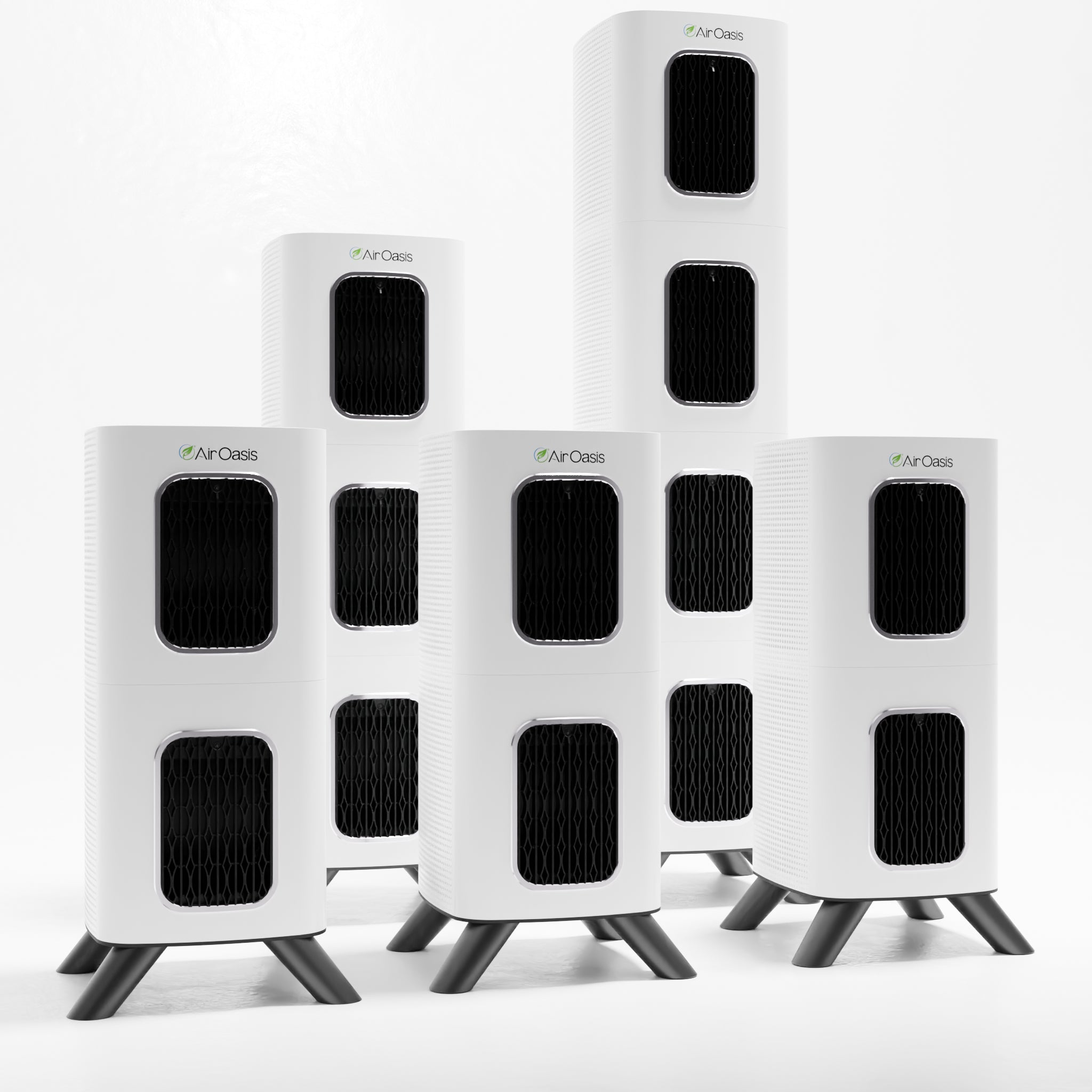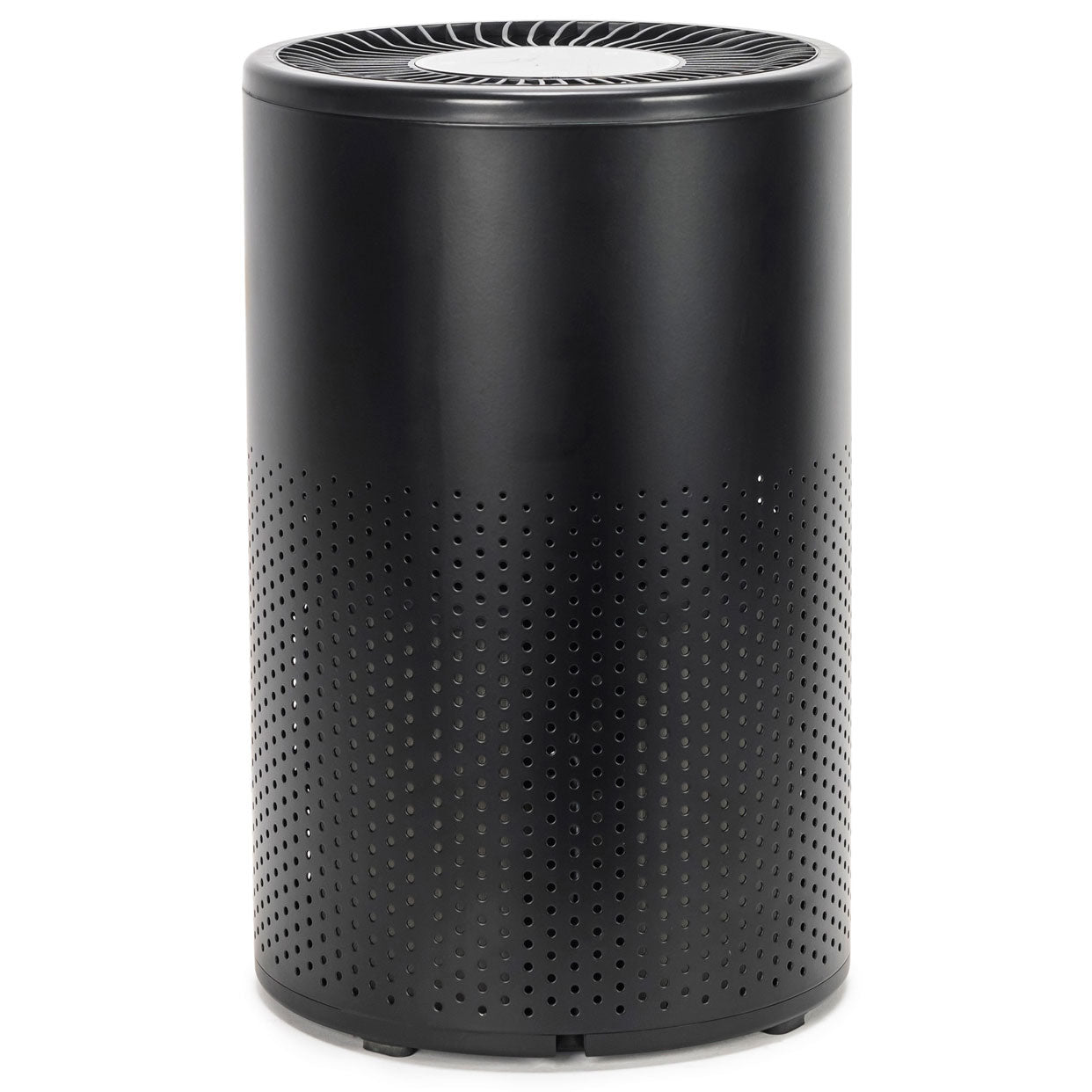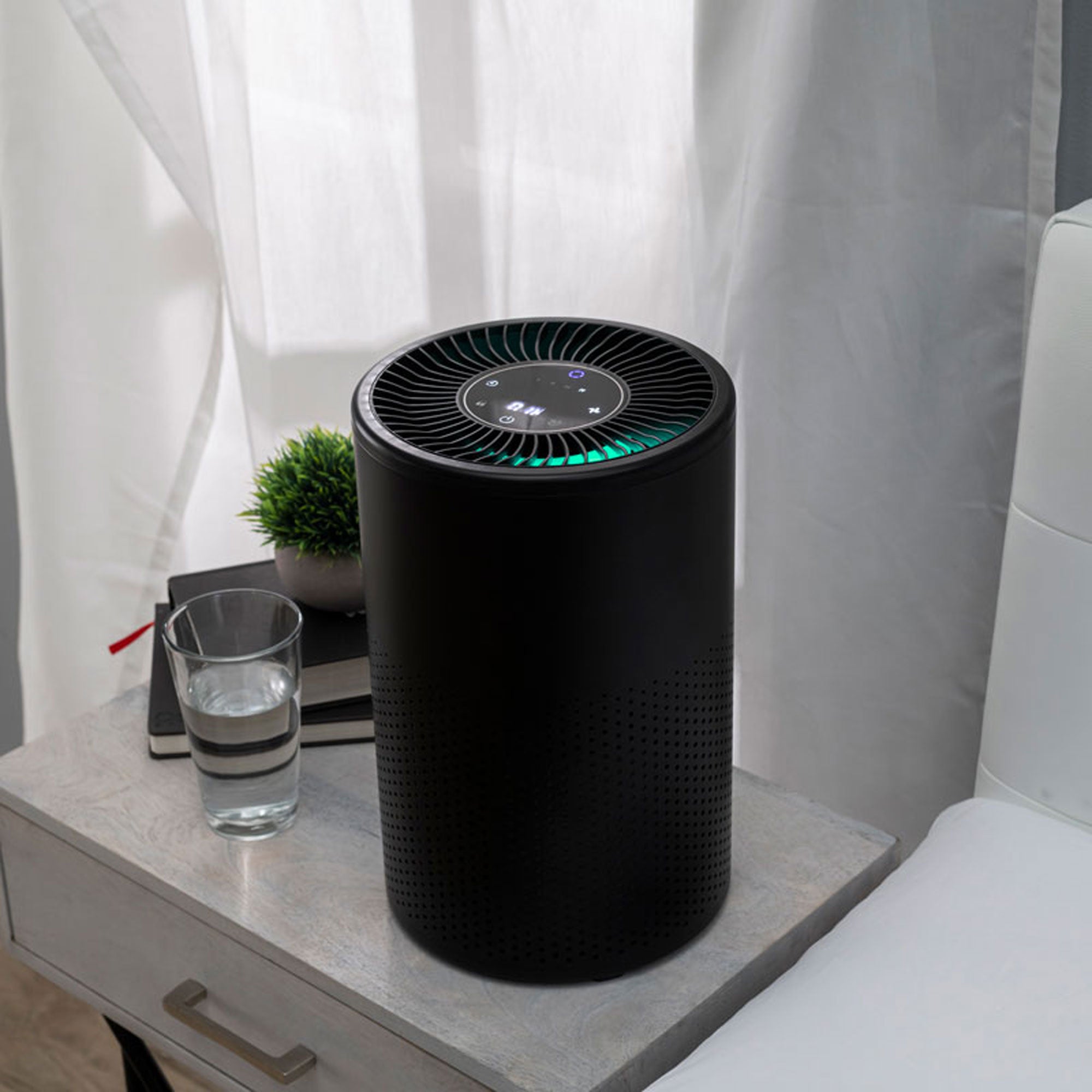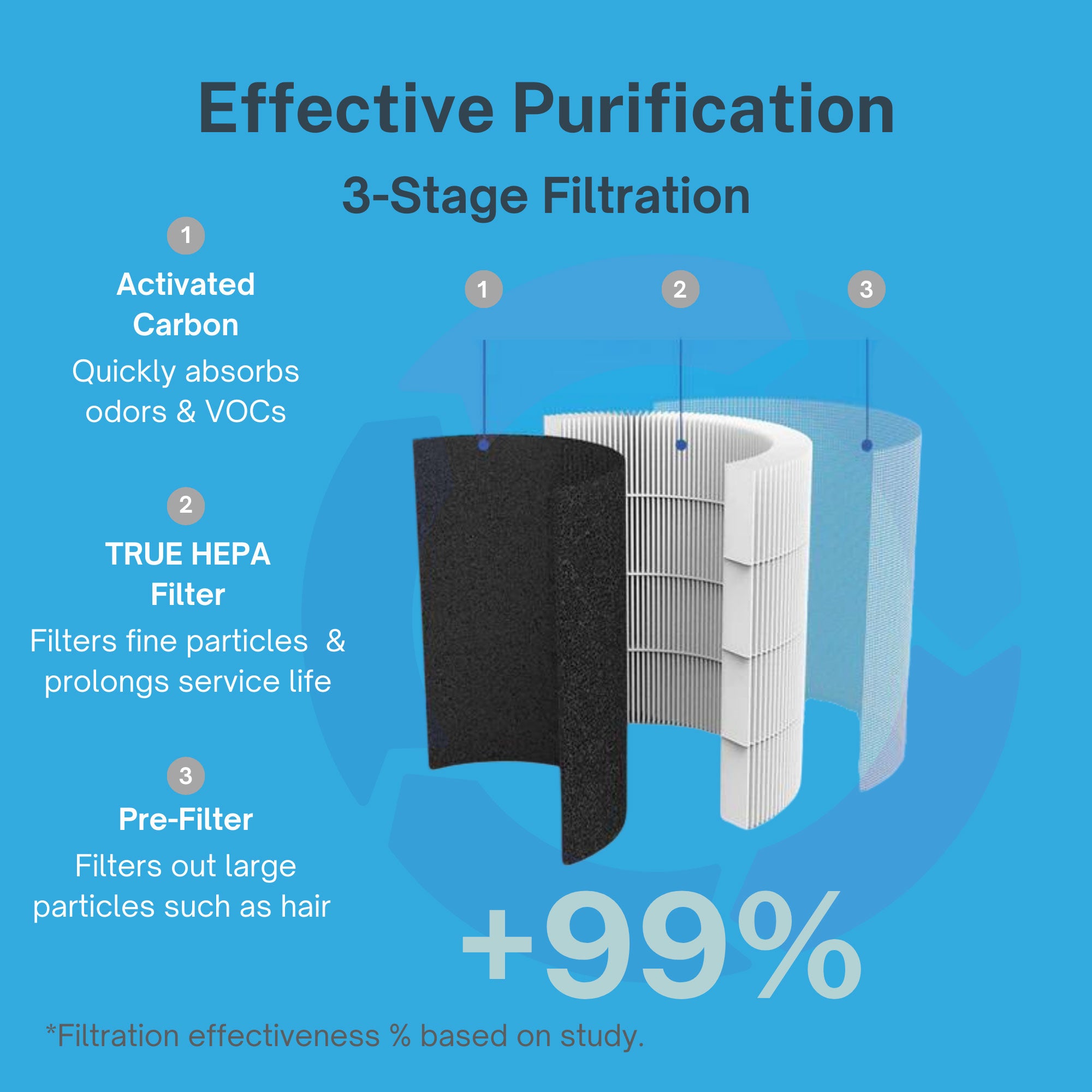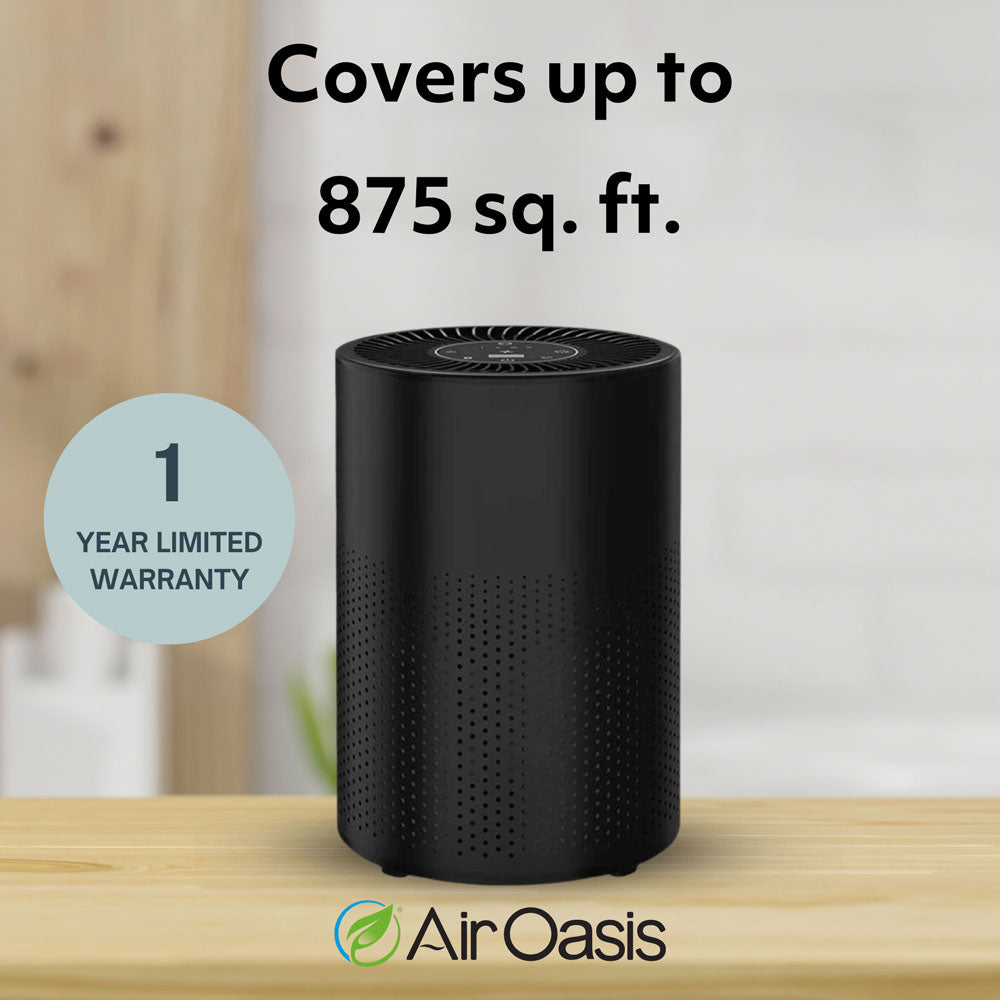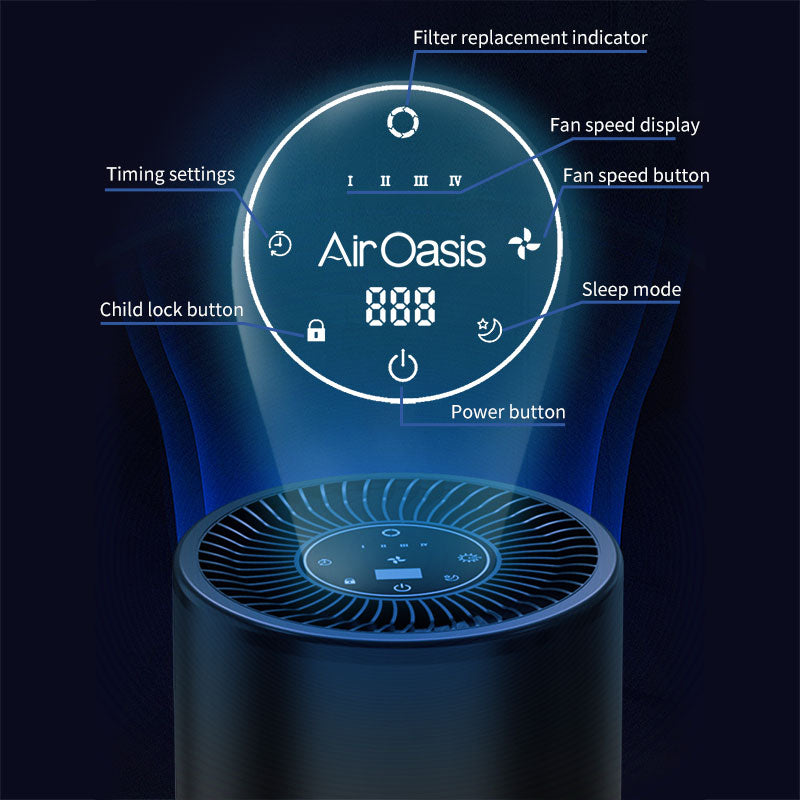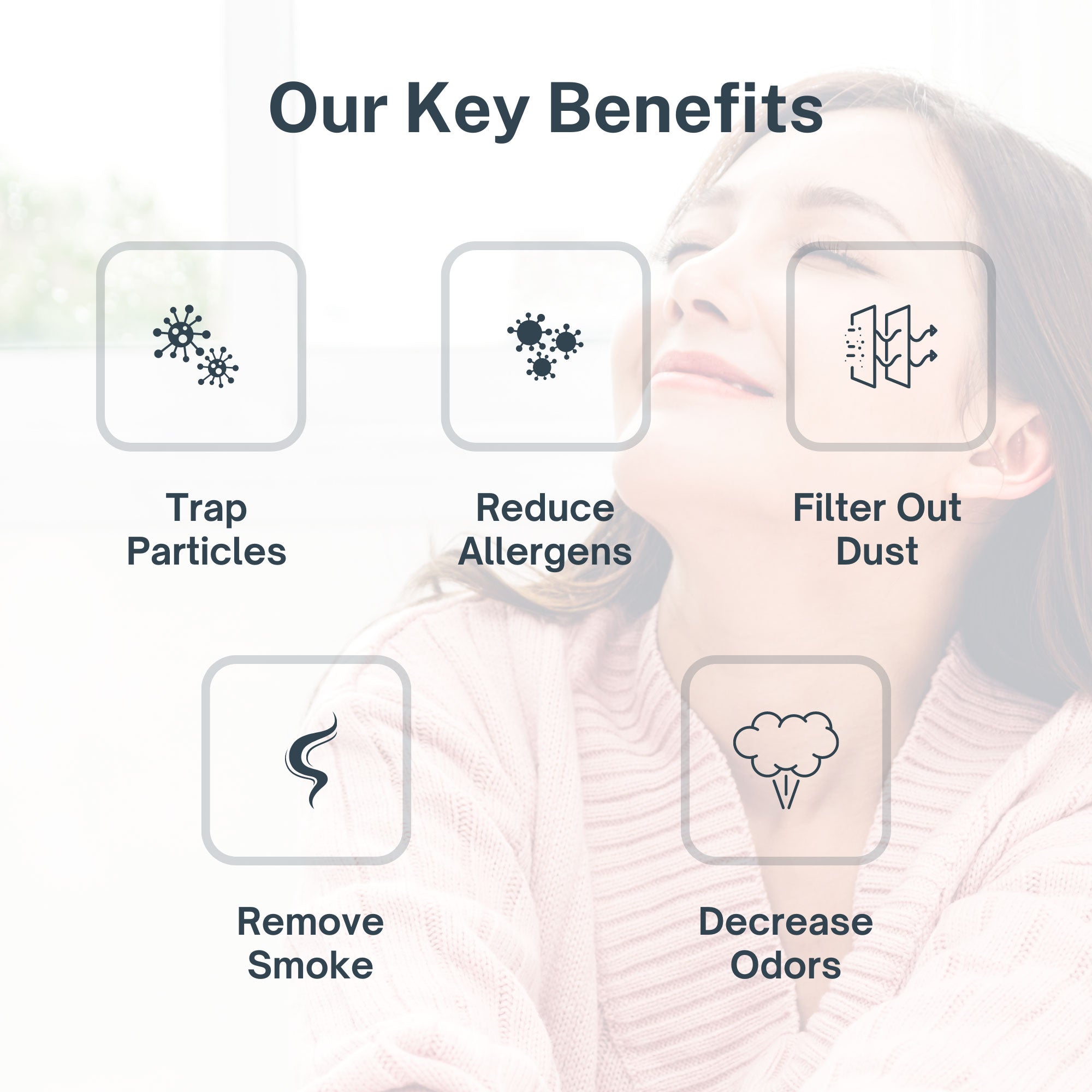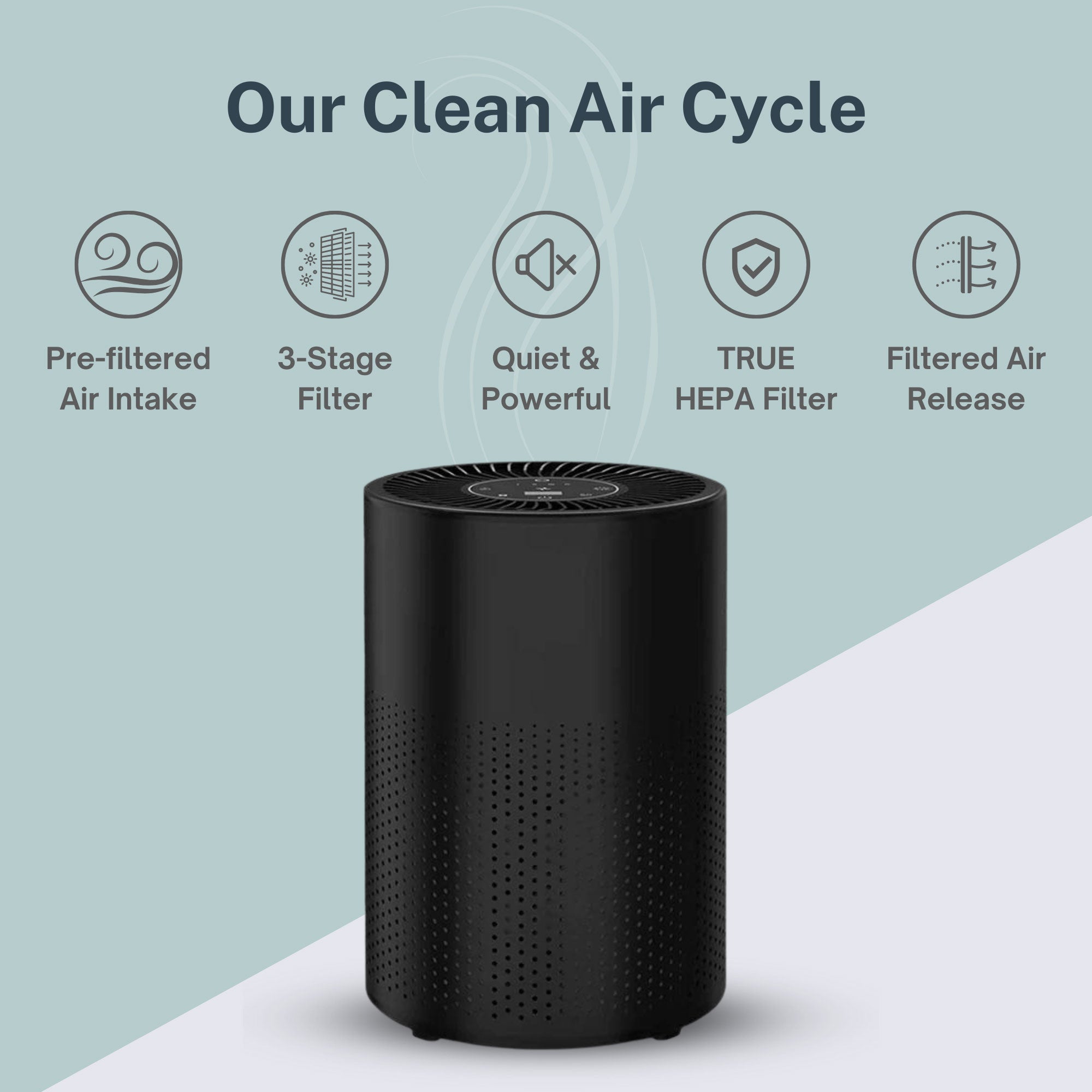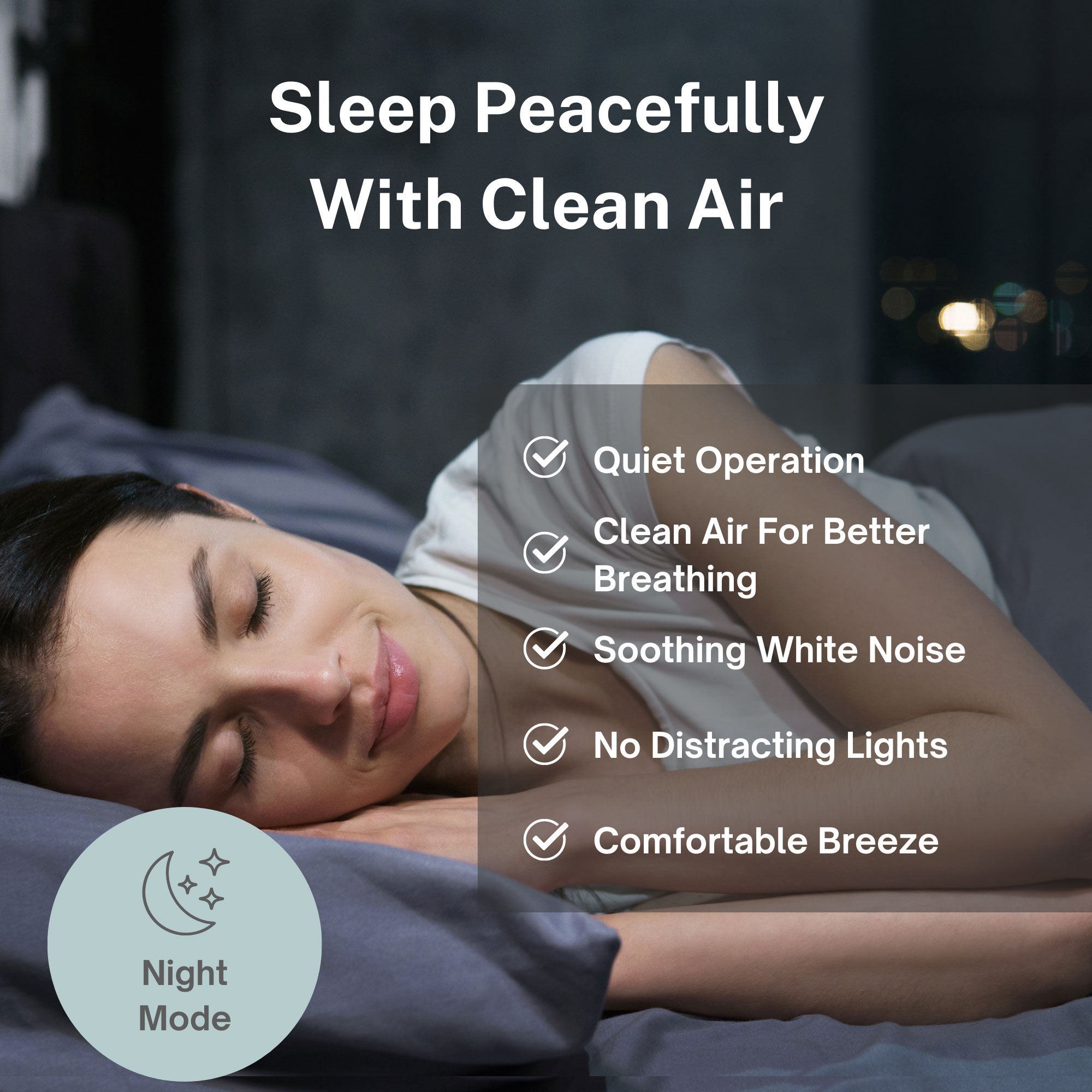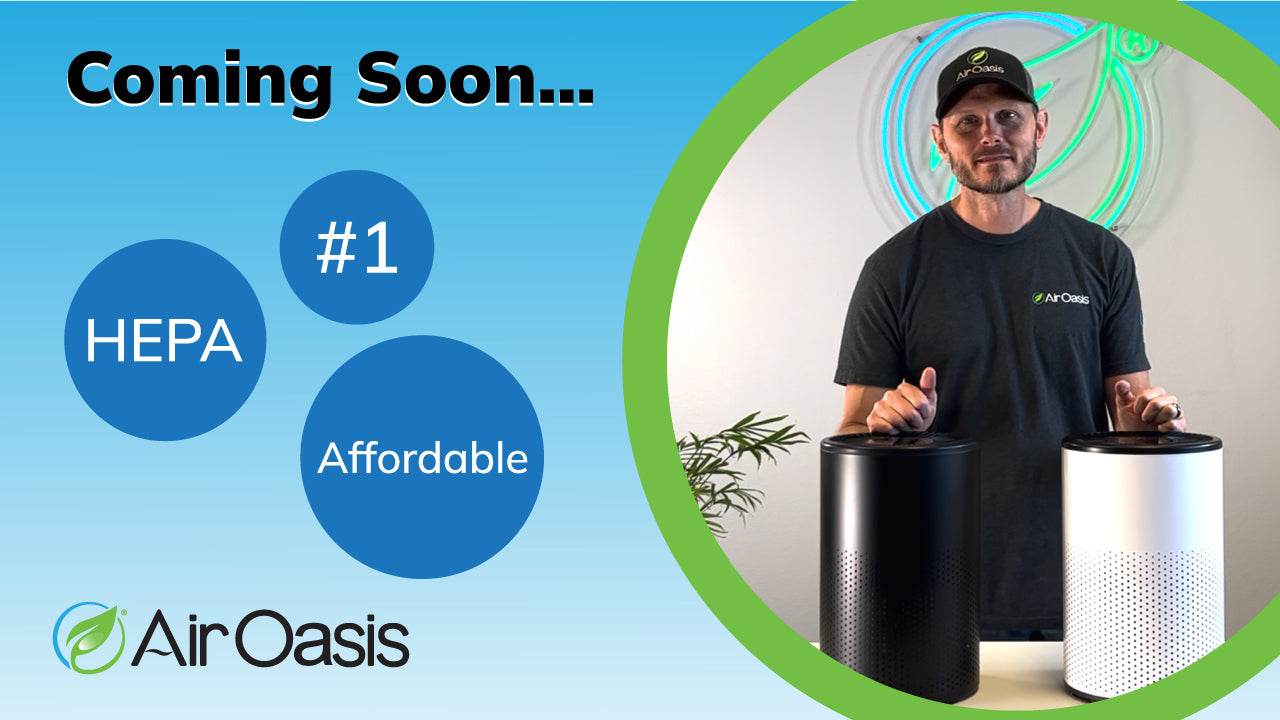Allergic rhinitis, commonly known as hay fever, affects millions of people worldwide. This bothersome condition is triggered by allergens in the air, causing uncomfortable symptoms like sneezing, runny nose, nasal congestion, and itchy eyes.
For allergy sufferers, indoor air quality plays a major role in determining the frequency and severity of allergic reactions. The good news is that air purifiers offer an effective solution for removing allergens from your home's air, providing welcome relief from allergic rhinitis.
Understanding the Relationship Between Allergic Rhinitis and Allergens in the Home
Allergic rhinitis refers to inflammation of the nasal passages caused by an allergic response to airborne allergens. When inhaled, these allergens trigger the immune system to release histamine and other chemicals that lead to irritating symptoms in the nose as well as surrounding areas like the ears, throat, eyes, and sinuses.
Roughly 400 million adults and children suffer from allergic rhinitis around the globe. Allergies can negatively impact quality of life, causing sleep disruptions, fatigue, impaired concentration and productivity, and increased susceptibility to sinus infections and earaches. People with asthma are also more likely to experience asthma attacks when exposed to rhinitis triggers.
Since indoor air is where we spend up to 90% of our time, the quality of your home's air plays a major role in allergic rhinitis. Allergens lurk in dust and fibers, so frequent vacuuming and dusting alone are not enough to provide a truly allergy-friendly environment. This makes air purification an essential tool for tackling allergies.
To combat allergic rhinitis, it's important to understand exactly what's triggering those sneezes and sniffles. Let's explore the most common home-based causes of allergic reactions and where they lurk.
Common Allergens Causing Allergic Rhinitis
Here are the most common allergens that cause hay fever flares:
- Pollen: Trees, grasses, weeds
- Pet dander: Skin flakes from cats, dogs, rodents
- Dust mites: Microscopic bugs in bedding, carpets, furniture
- Mold spores: Bathrooms, basements, wet areas
- Harmful indoor air particles: Smoke and chemicals
Sources of Indoor Allergens
Allergens can be produced or can accumulate in common places around the home. Here are some examples:
- Bedding: Dust mites accumulate in pillows, mattresses, comforters
- Carpets and rugs: Dust mites and fibers hide deep in carpeting
- Furniture: Pet dander and dust collect in upholstery
- Stuffed animals: Dander sticks to fur and fabric
- Air ducts and filters: Pollen and dust build up over time
- Bathrooms: Mold thrives in moist environments
While tactics like frequent laundering, vacuuming, and dusting can help reduce allergens, these particles are so small that many escape traditional cleaning methods and recirculate through the air. Air purifiers serve as an indispensable tool for trapping allergens, stopping them from being inhaled. Let's look at how they work.
How Air Purifiers Combat Allergic Rhinitis
Quality air purifiers use a combination of special filters and technologies to remove allergens and pollutants as air circulates through the system. This creates cleaner, safer air for breathing.
Filtering Mechanisms
HEPA Filters: HEPA (high-efficiency particulate air) filters capture 99.97% of particles sized 0.3 microns and larger. This includes most allergens that trigger allergic rhinitis.
Activated Carbon Filters: Activated carbon absorbs gasses, odors, and chemical pollutants that can aggravate allergies and asthma.
Air Purifier Technologies
UV-C Light: UV-C light destroys microorganisms like bacteria and mold to decrease triggers.
Ionization: Negative ions help attract allergens to capture them more effectively. Options like bipolar ionization and silver ions boost particle removal.
Benefits of Air Purifiers in Allergy Relief
Air purifiers offer numerous benefits in tackling allergic rhinitis:
- Remove airborne allergens like pollen and dander
- Destroy mold, bacteria, and microorganisms
- Filter out dust mite matter and pet dander allergens
- Reduce exposure to smoke, chemicals, and odors
- Improve sleep quality for allergy sufferers
- Lower risk of sinus infections and asthma attacks
- Allow open windows to let in fresh air without allergens
- Provide cleaner air for better breathing overall
Choosing the Right Air Purifier for Allergic Rhinitis
With so many models on the market, choosing the right air purifier matters. Keep these factors in mind when selecting an air purifier for allergies:
Considerations in Selecting an Air Purifier
Room Size and Airflow Rate: Match the unit's recommended room size and clean air delivery rate (CADR) rating to the room where it will operate.
Filter Efficiency: Look for true HEPA filters along with added filters like activated carbon.
Noise Level: Quieter units are better for bedrooms and living spaces.
Features to Look For in an Air Purifier
Allergen-specific Filtration: Some units have extra filters tailored to allergens like pollen and pet dander.
Smart Features: Options like air quality sensors and auto-mode adjust to purify as needed.
Energy Efficiency: More efficient systems have lower operating costs.
Tips for Maximizing Air Purification Effectiveness
Follow these tips to get the most out of your air purifier for allergic rhinitis relief:
Proper Placement of Air Purifiers
- Place air purifiers in rooms where you spend the most time at home. Prioritize bedrooms and common living areas.
- Don't obstruct air intake or outflow. Allow sufficient clearance around the unit.
- Use multiple units for full home coverage if needed.
Regular Maintenance and Filter Replacement
- Check and change filters per manufacturer instructions to maintain performance.
- Clean the exterior regularly to prevent built-up dust and dander.
Additional Strategies for Allergy Management
- Use allergen-proof bedding encasements, and wash bedding weekly in hot water.
- Limit plush toys and decor that harbor dust.
- Fix water leaks promptly to discourage mold growth.
- Vacuum with a HEPA filter, and dust frequently.
Tackle Allergens with Air Oasis
If you suffer from allergic rhinitis, you don’t have to just put up with runny noses, congestion, and watery eyes this allergy season. By removing airborne allergens at the source with an effective air purifier, you can breathe easier at home.
Air Oasis air purifiers are expertly engineered to filter the precise particles that cause allergic reactions using True H13 HEPA filters, Bi-polar ionization, activated carbon, and other proven technologies. Quiet yet powerful, they provide cleaner, healthier indoor air for real relief from rhinitis symptoms.
Don’t wait and suffer through another allergy season – shop our selection of air purifiers designed to tackle allergens for people with allergic rhinitis and other allergies. With cleaner air, you’ll be able to fully enjoy springtime without the misery of hay fever and allergy attacks.
